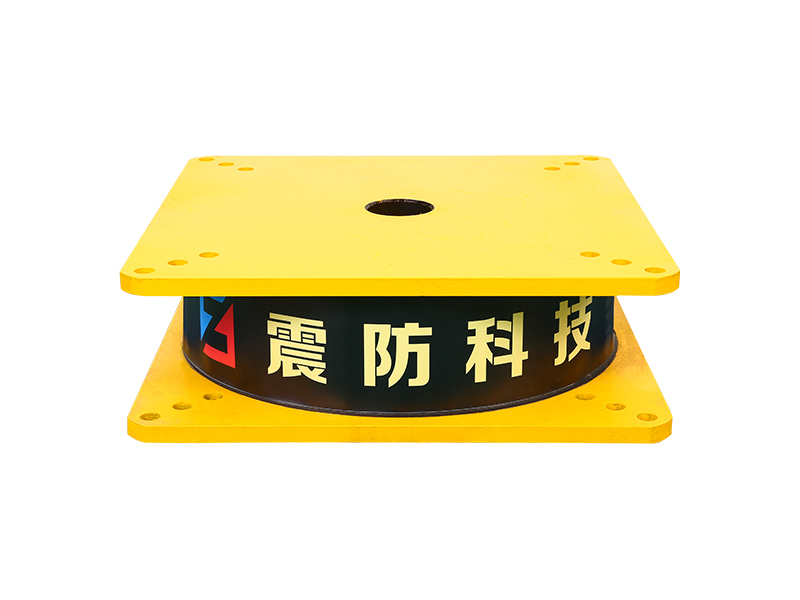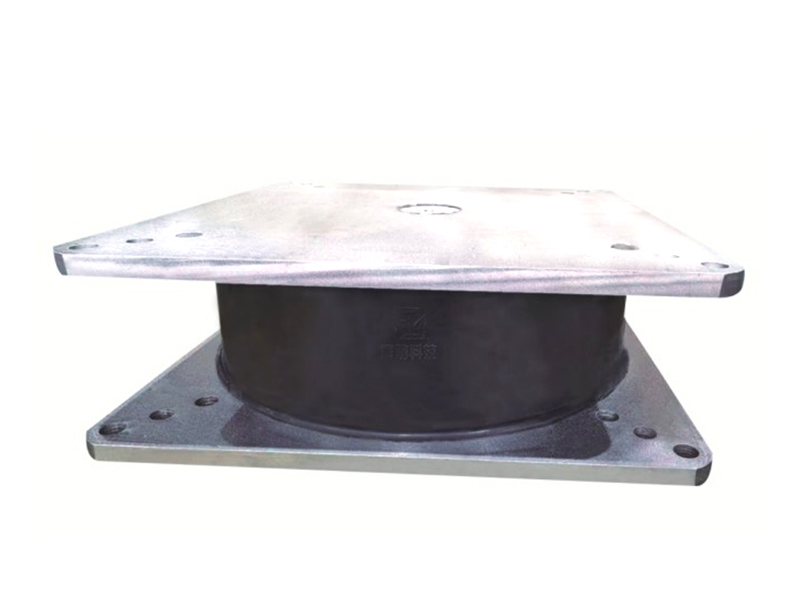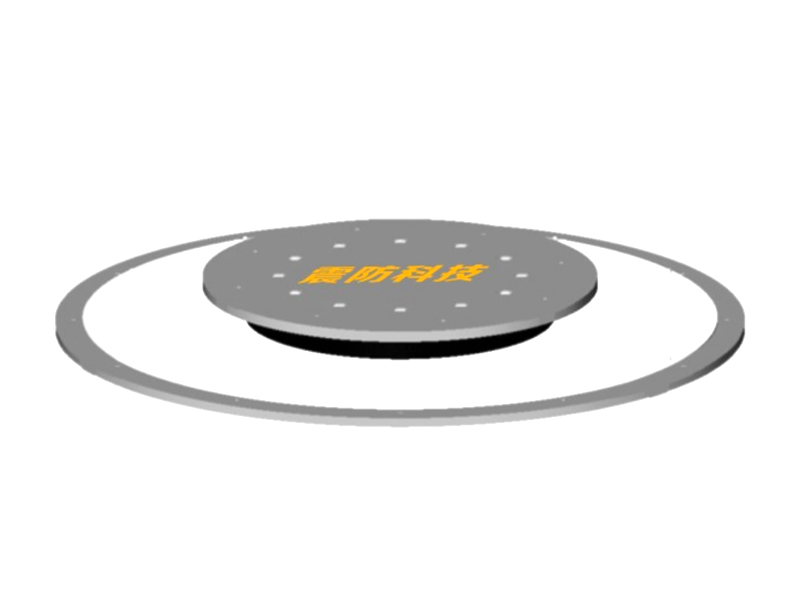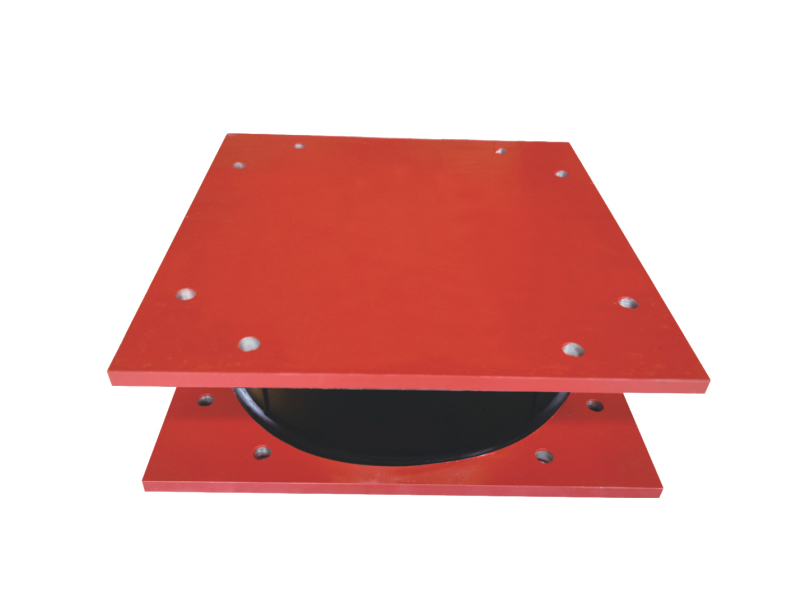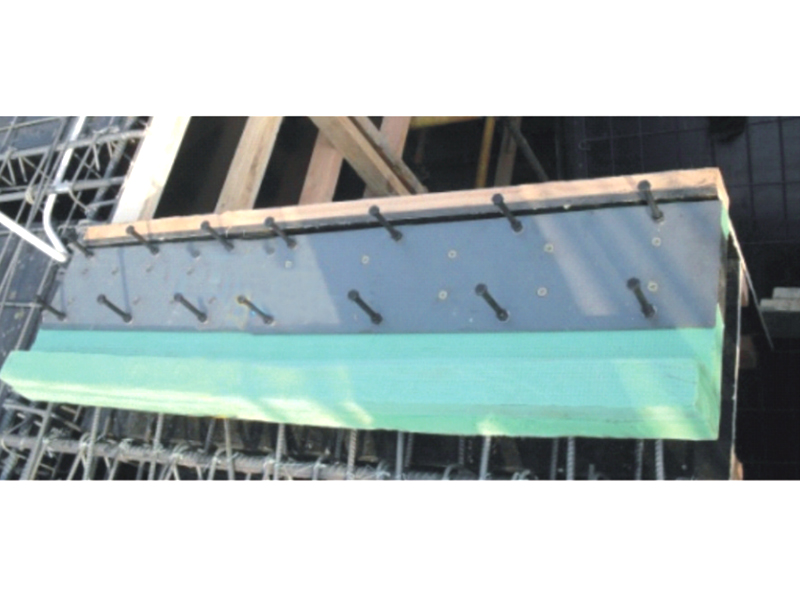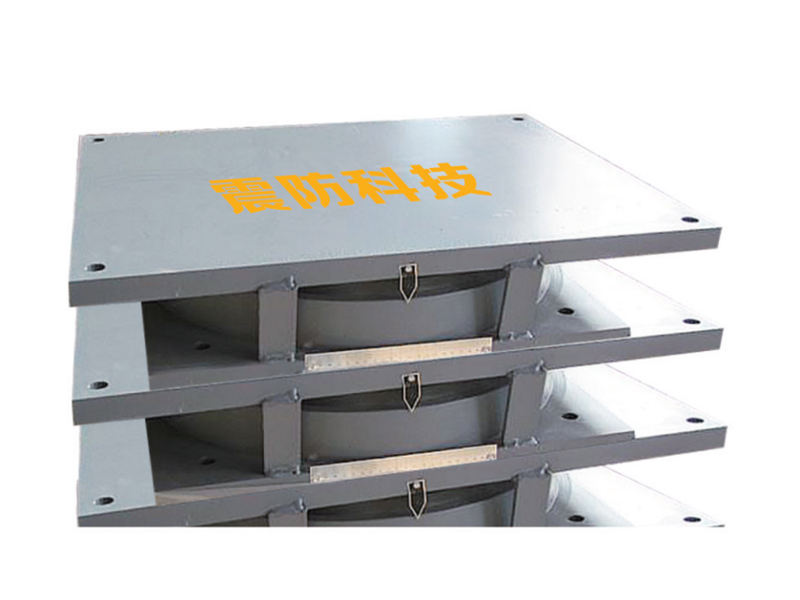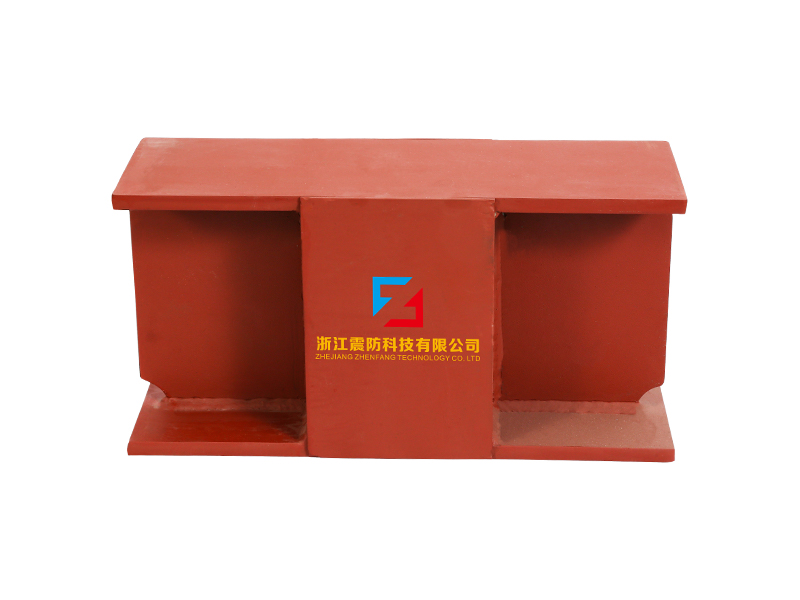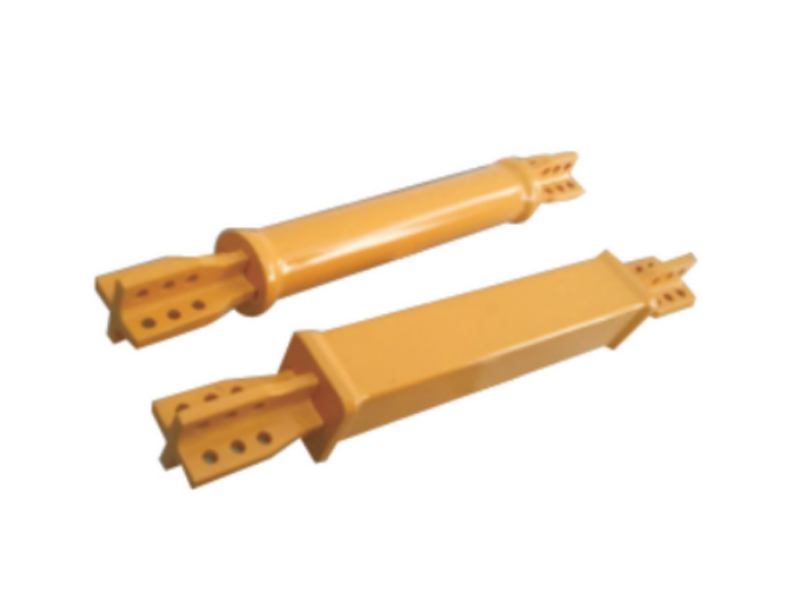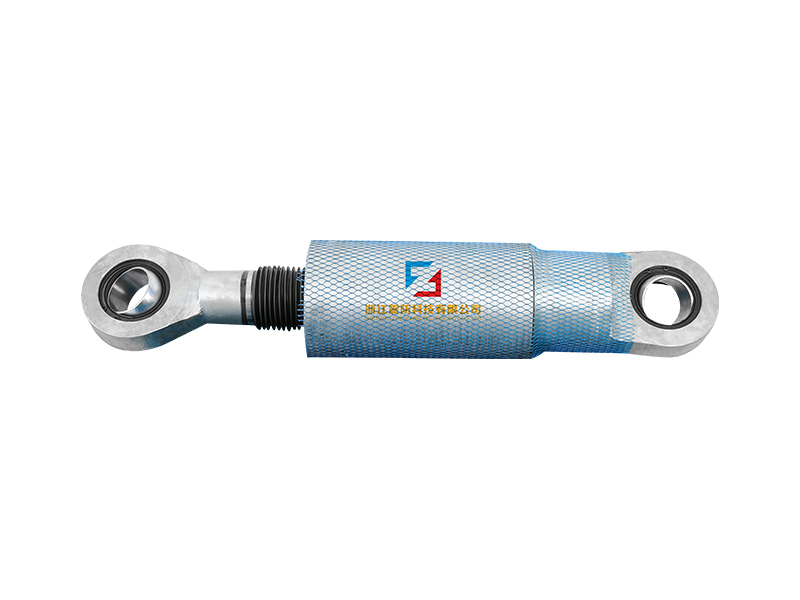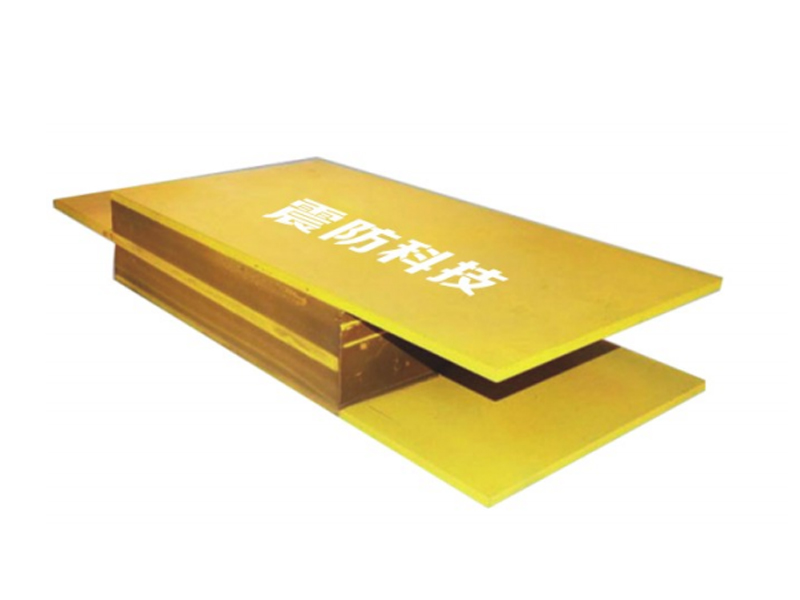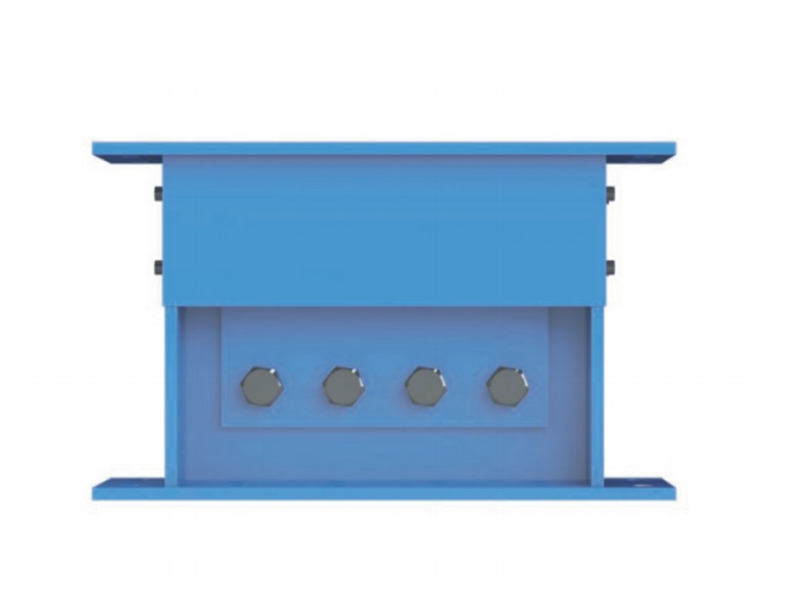Seismic reduction and isolation is essential for structures that can suffer damage due to a natural disaster. Even large earthquakes can cause small damage. Small damage is typically repairable, and can even be repaired without evacuating the building. Seismic reduction and isolation are particularly important for buildings with high value, such as buildings that contain historical or cultural significance.
Nonlinear dynamic time history analysis
Time-history analysis applies time-varying forces and accelerations to structures. This technique requires a detailed structural model and ground motion records. The model is subjected to different motions, and the results are derived as component deformation estimates and modal responses. The results are then combined using a square-root-sum-of-squares method. The results can be used to evaluate the seismic response of buildings.
Nonlinear dynamic time-history analysis can be applied to base-isolated structures with sliding bearings. Depending on the initial stiffness value, the critical time step can be smaller than the smallest earthquake excitation. The results are then compared with those obtained using the conventional monolithic solution technique.
Nonlinear dynamic time-history analysis has been applied to base-isolated multi-storey buildings. This technique is particularly useful for the dynamic assessment of base-isolated multi-storey structures. Recently, the Italian code NTC 2018 required a comparison of structural and dynamic analyses.
Effects of base isolation on seismic response
Base isolation of buildings can have a profound effect on the seismic response of a building. The study demonstrates that base isolators can improve the earthquake resistance of multistorey buildings. However, it is important to keep in mind that this technique may not be appropriate for every situation. The authors recommend that future studies consider the effect of different separation distances on seismic performance.
Base isolation is one of the most important tools in earthquake engineering and is an effective passive structural vibration control method. Several methods are used to achieve base isolation. The goal of this technique is to improve seismic performance and sustainability of structures. The method is especially useful in high seismic-hazard areas.
Measures for underground structures
Seismic reduction and isolation for underground structures is a growing field that is characterized by a number of parallel developments. The development of elastomeric bearings has made seismic isolation a practical method of construction. Another development is seismic isolation software, which uses earthquake ground motions from real-world events to evaluate the performance of different types of structures. Shaking tables are also an important tool for engineers to evaluate the effect of seismic ground motions on various types of structures, such as buildings.
A periodic pile system is another solution for seismic isolation. This method involves placing periodic piles in the soil surrounding an underground structure. It works by utilizing the frequency band gap characteristic of the piles to reduce incoming seismic waves. Combined with periodic foundations, this method can create total isolation for underground structures. This method is especially valuable in underground nuclear power plants and basements.
Seismic isolation systems are not perfect. They are not made to be completely infallible, but they aim to offer maximum protection to structures. Most of these systems are patented and not widely available. Research in this area is primarily directed towards improving the efficiency of these systems.
Nonlinear dynamic time history analysis for underground structures
Nonlinear dynamic time history analysis is a method used to study the dynamic behavior of underground structures. The aim of time-history analysis is to predict the dynamic behavior of a structure under earthquake excitation. An example of this method is the seismic rehabilitation of the MHE building in 2001. After a major earthquake in the region, the east and west wing of the building lost their symmetry in the plan-view about the Y-axis. The objective of time-history analysis is to predict how this irregularity affects the performance of the building. The results of the time-history analysis can be used to incorporate nonlinear behavior into further investigations of dynamic properties.
Another application of nonlinear dynamic time history analysis for underground structures is earthquake engineering. Many large underground structures are subject to earthquakes. Many studies have been performed to estimate the seismic resistance of such structures. However, these methods are often limited in their application, requiring more detailed data to obtain a comprehensive picture of the seismic response of an underground structure.
